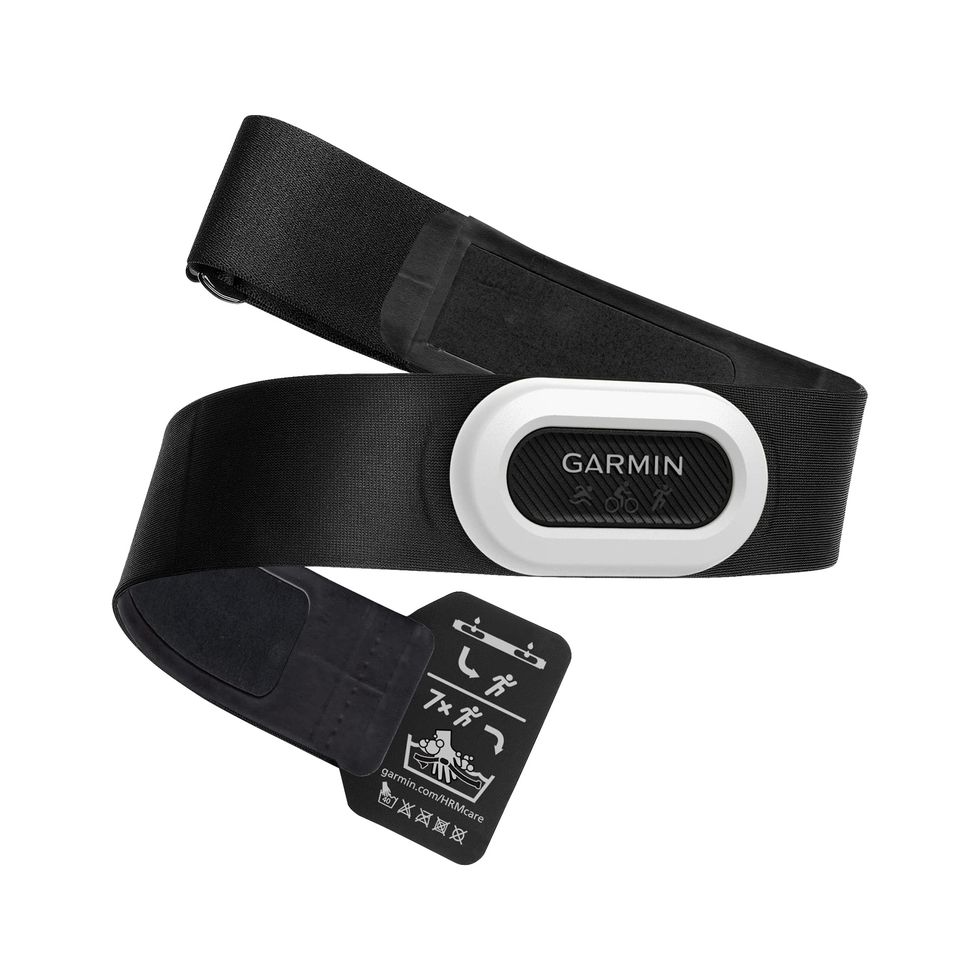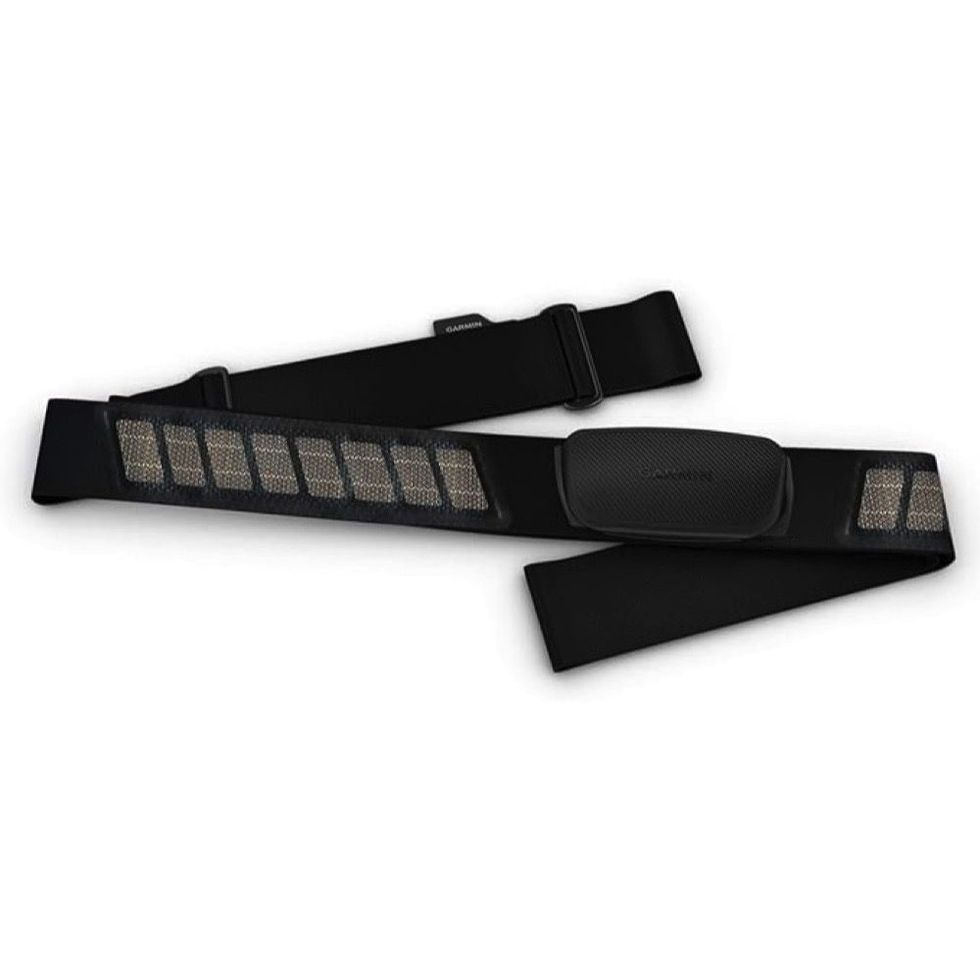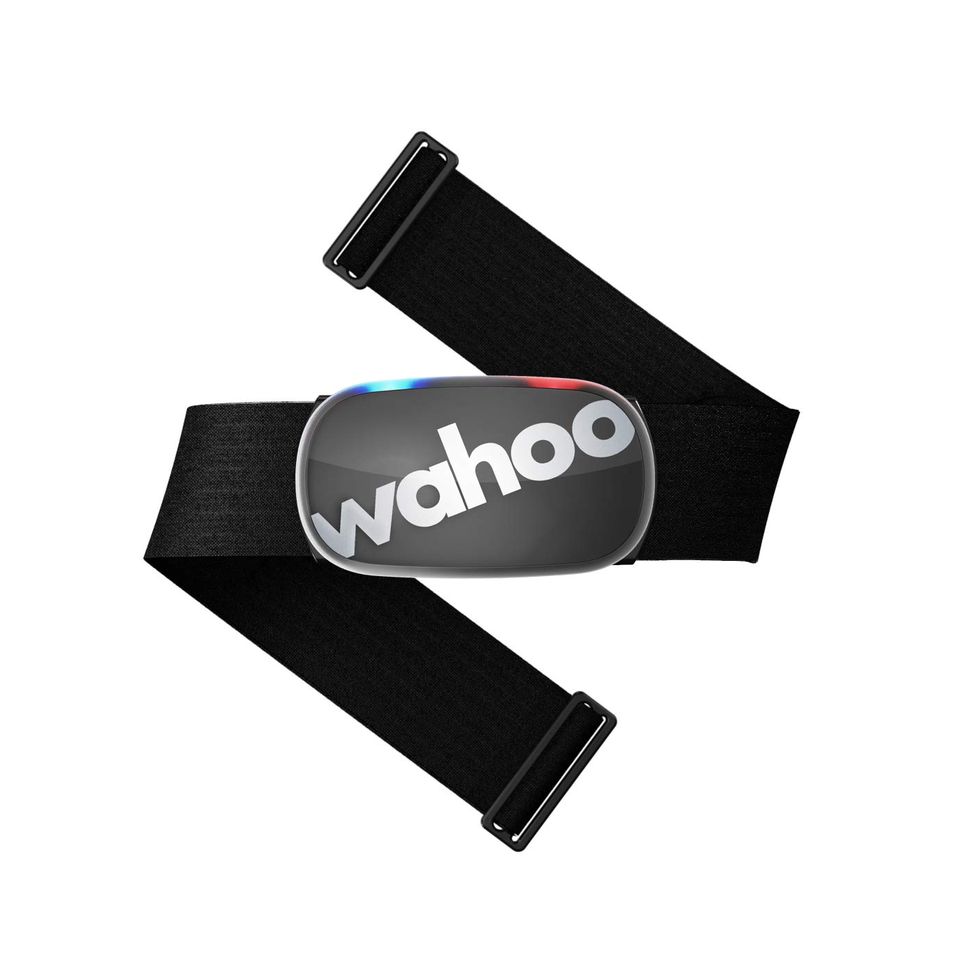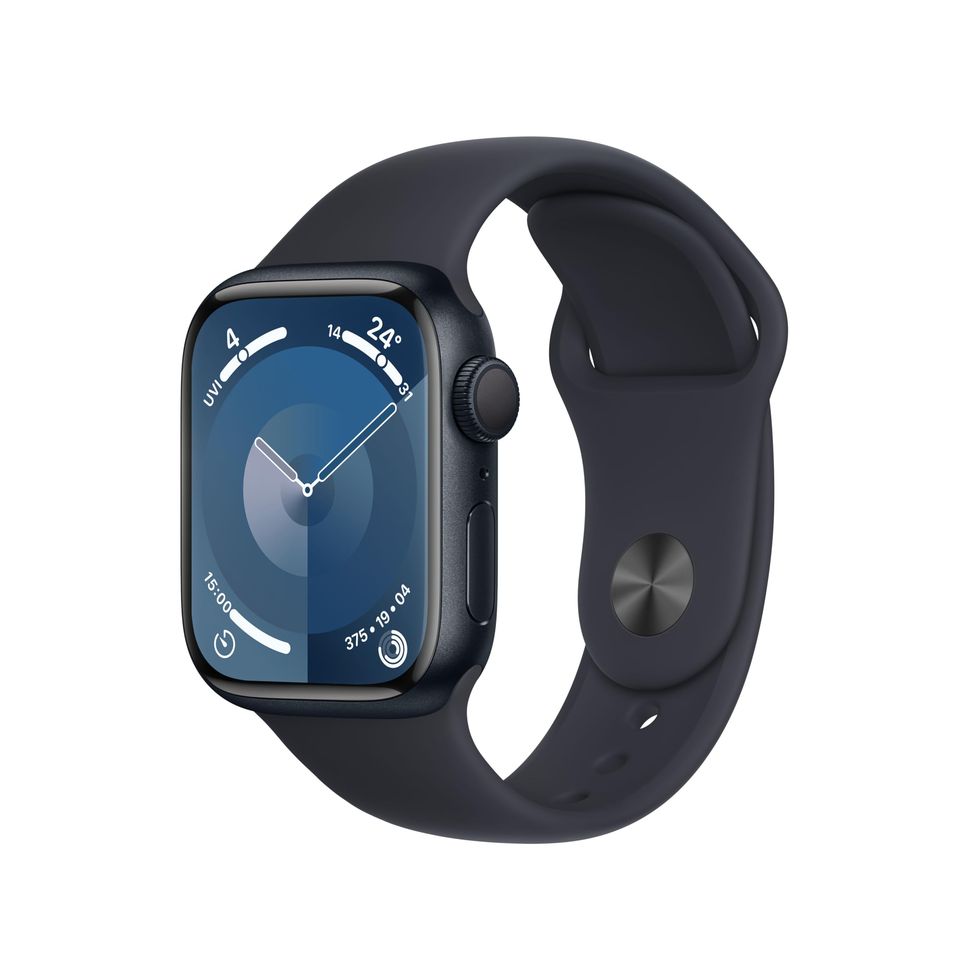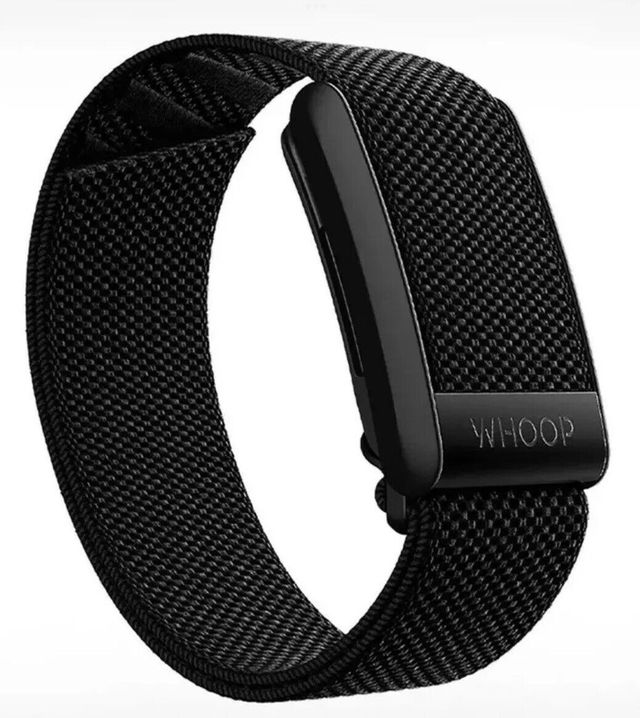Fitness
Run to the beat: 11 best heart rate monitors for runners – chest-straps, watches and headphones
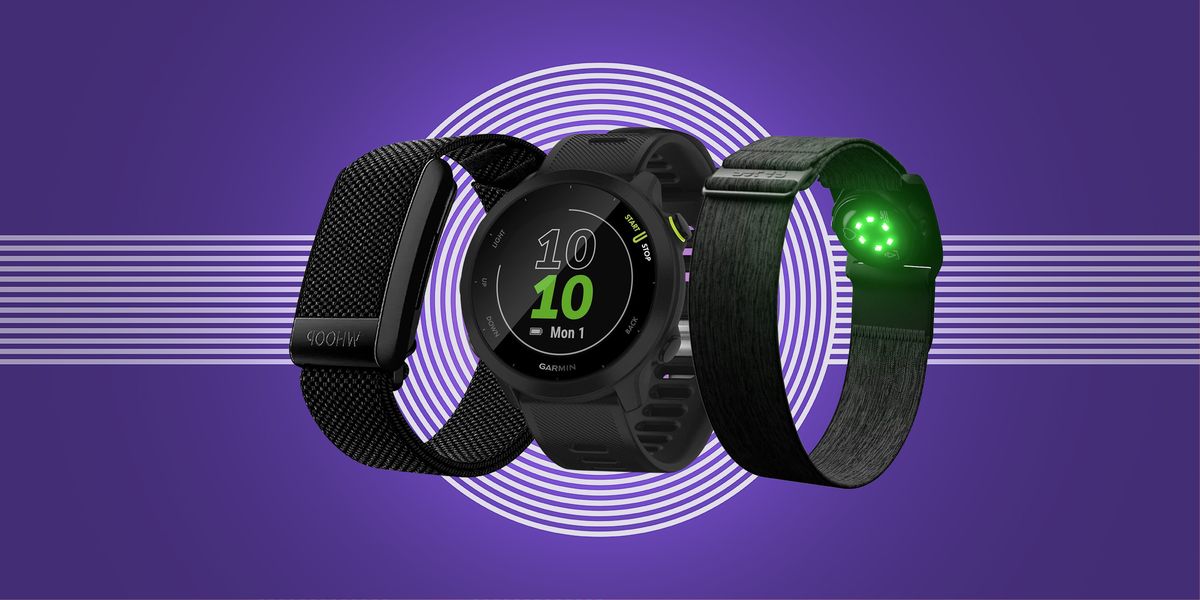
Want more tried and tested recommendations from the RW editors? Sign up to our new weekly newsletter Kit Bag, coming soon. Click here to subscribe.
Runners obsess over distance, time and pace, but these are pretty blunt tools when it comes to understanding what’s actually happening physiologically during training. It’s easy to fall into the trap of thinking running harder and longer is the best way to get fitter and faster. But the reality is that a good weekly training schedule should have runs that mix up the intensity. That’s where heart rate monitoring comes in.
Best heart rate monitors for runners to shop now
In a hurry? Here are the best heart rate monitors for runners at a glance. Keep scrolling for the full list and our thoughts below.
What is the benefit of using a heart rate monitor?
Strap on a heart rate tracker, whether round your chest, arm or in your ears, and you can unlock useful insights into your real-time performance, helping you train at the right effort for your goals. It can estimate your fitness levels, indicate potential peak performance, help with recovery recommendations and even spot your susceptibility to injury or incoming illness.
Now it’s easier than ever for runners to monitor their heart rate. From chest straps to headphones, there are a huge array of wearable options to keep tabs on your ticker. But what’s the best?
If you’re looking for accuracy, a dedicated ECG-based chest strap like the Polar H10 is still the gold standard. Optical heart-rate sensors on dedicated running watches don’t offer the same precision, but they are convenient and an increasing number of models now have these built-in as standard so there’s no added cost. Because you tend wear a watch 24/7, they open up a world of new insights beyond the run, using continuous heart rate tracking as a window into things such as recovery, stress levels and sleep. Monitors for the forearm and bicep are also common, while heart rate sensors are also available in earphones.
Whichever style you choose, digging into your BPM can help make you a better runner. So here’s our pick of the best heart rate monitors for runners you can buy right now.
What are the best heart rate monitors on the market?
Best heart rate chest straps and arm straps:
Polar H10
If you’re serious about heart-rate training then beat-to-beat accuracy is paramount. That’s why the Polar H10 is still top of the pile. The ECG (electrocardiogram) strap offers super-fast responses to changes in the intensity of your workout, which are reported back to a paired device in real-time.
It’s also waterproof to 30m, making it ideal for triathletes as well as runners. There’s enough memory for 65 hours of training between syncs and 400 hours of battery life.
It’s easily paired with two Bluetooth devices and ANT+, and it plays nice with the top performance tracking apps like Strava and Endomondo.
Garmin HRM-Pro Plus Heart Rate Monitor
As well as ECG heart-rate monitoring, the Garmin HRM-Pro Plus Heart Rate Monitor also tracks your torso movement, providing data on your cadence, stride length, vertical oscillation, ground contact, ground contact balance and vertical ratio with the aim of helping you improve running form and power (with a compatible Garmin watch).
You’ll also get tons of insight from the heart rate data, including zone training with audio updates, calorie burn, fitness age, recovery times and training load.
In addition, it has a treadmill setting that calculates distance and pace. As well as connecting to Garmin devices, it can connect to other sensors via Bluetooth and ANT+.
Polar Verity Sense
If you’re not a fan of chest straps – and due to the tight-fitting nature of their design they don’t suit everyone – this is a good option that provides more accurate data than a watch’s optical wrist sensor.
The Verity Sense is an elasticated band that can fit anywhere on your arm, meaning there’s less chance of grip and motion interfering with the sensor’s readings. It connects to third-party apps and software via Bluetooth and ANT+, and transmits your data to the Polar Flow app, which you can monitor while you work out as well as post-workout.
Swimmers will be glad to hear that you can clip the sensor to your goggles to track your sessions in the water. One thing to note is that you have to switch it on before tracking your workout, which is different to a HR belt which just starts tracking as you begin recording, and it offers 20 hours of charge but can be recharged via USB.
Garmin HRM Dual Heart Rate Monitor
Garmin’s standard heart rate monitor is compatible with a number of devices and smartwatches thanks to its ability to transmit via both ANT+ and Bluetooth, so is a smart option if you like to plug into various apps or gym machines.
It’s very comfortable thanks to the wide, soft and easily adjusted strap (you almost forget you’re wearing it) and there’s a handy tab to stop the fastening rubbing or digging in. It’s accurate (as most chest straps are), has a long-lasting battery and is competitively priced compared to some of its counterparts. A solid option.
Wahoo TICKR
The Wahoo TICKR offers three simultaneous Bluetooth connections for hooking up with your favourite apps and sensors, which is especially useful if you use a lot of tech for indoor training.
The monitor provides real-time heart rate tracking as well as workout duration and calorie burn, and the coin cell battery is claimed to last for 500 hours. At 48g it’s also extremely compact and lightweight, and a great entry point to HR chest straps if you are new to the technology.
Best running watches with built-in heart rate monitoring:
Garmin Forerunner 55
The Forerunner 55 is a worthy entry-level heart rate watch from Garmin. If you’re new to HR monitoring, this is a good place to start as the 55 provides accurate HR tracking which goes towards the watch’s training advice and recovery suggestions.
Like most wrist-based HR sensors, it’s not as accurate as a HR chest belt, but if you’re looking for near-accurate heart rate tracking and advanced recovery advice, you won’t go wrong with the Forerunner 55.
Check out our round-up of the best running watches here (spoiler, the Forerunner 55 is on there).
Fitbit Charge 6
If you’re looking for a budget fitness tracker that can do it all — we’re talking GPS, the ability to track over 40 activities, daily readiness scores, Google wallet and sleep tracking — plus offer accurate heart rate monitoring, then the Fitbit Charge 6 is a no-brainer.
The Charge 6 uses a brand spanking new AI-powered algorithm, adapted from the Pixel Watch, to deliver Fitbit’s most accurate heart rate monitoring to date — which also means more accurate readings on everything else (sleep, calorie intake, etc.). You can hook the Charge 6 up to gym equipment and even your Peloton to keep a closer eye on your metrics and the GPS offers turn-by-turn directions on the wrist — great for bikes rides, hikes and trail running.
The music offering is only via YouTube music so we’ve stuck firmly to our smartphone in the playlist department, but that said, there’s a lot to love about the Charge 6, such as the seven-day battery, unobtrusive design and simple user interface — and of course the reasonable price. While it can’t compete with the best GPS running watches, it’s a brilliant all-rounder for those undertaking less serious training.
Apple Watch Series 9
Apple Watches are building a solid reputation for the accuracy of their heart rate sensors, and the latest iteration takes this to a level where it’s nearly as accurate a chest belt.
The Series 9 tracks HR throughout the day and night, and during workouts, plus you can monitor your resting HR, breathing rates and recovery at any time. It offers the ability to alert you if your HR remains above or below a certain threshold, as well as notifying you if it identifies irregular heart rhythms that could potentially be atrial fibrillation.
The watch can also produce an ECG on the app that Apple claims is similar to those used by medical professionals, so is the one to get if you have any concerns about your heart health.
Scosche Rhythm 24
Moving the heart-rate strap away from the chest has generally been for comfort and convenience over accuracy, but that’s not the case with the Scosche Rhythm24 (the successor to the popular Rhythm+), which sits around the forearm.
You get an improved 24-hour battery life (13 hours of data storage), while it also promises Bluetooth Smart and ANT+ connectivity for data transfer to a companion device. Helpfully, the LED lights let you know at-a-glance which HR Zone you’re operating in and how much battery you have left.
The Rhythm24 also offers IP68 water-resistance, meaning it’s happy in the pool. The strap also measures Heart Rate Variability (HRV), an increasingly important metric in measuring heart health, fitness and recovery. It works with over 200 fitness apps, so no issues with compatibility here.
Whoop 4.0
The Whoop band takes heart rate monitoring to another level – the sensor tracks your HR 24 hours a day and provides detailed insight into the results, including measuring your resting HR and HR variability.
The system then uses this data alongside other metrics, including skin temperature and blood oxygen levels to track sleep, recovery levels and stress, to provide targeted workout plans and training suggestions.
The strap features five LEDs and four photodiodes for some of the most accurate and regular HR readings available. To get the full use out of this system though, you’ll need to sign up for membership – and you get a free Whoop 4.0 when you join.
And if you’re not sold on wrist tracking, the brand makes some brilliant sportswear with built-in cradles for the Whoop — we’re particularly big fans of the training tank with built-in bra and the performance tights — available for both men and women.
Best heart rate monitoring headphones:
Philips In-Ear Wireless Sports Headphones
Thanks to a sensor built into the earbud, these track your heart rate as you run. They are fully sweatproof and waterproof, and feature six hours of playing time when fully charged, even when they’re tracking your BPM.
The buds also feature two fitting options – either in-ear held in place by wingtips, or with the hooks that fit over your ear. The price makes them a decent budget option if you’re looking to dip an earlobe into the earbud HR market.


